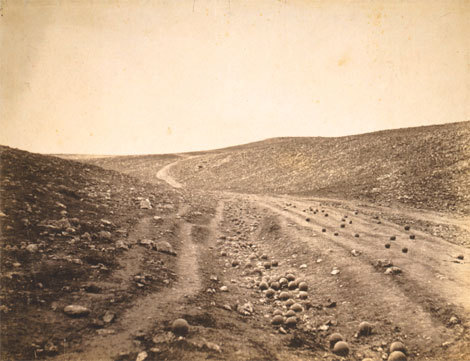Approaching problems with conventional education, rationality & experience, rigidity, and inhibitions.
Solving a problem, or thinking of a way to communicate something can be restricting, and personally can often leave me stuck with artist block, or in a design rut. The same old tired solutions pop up. But why is this? Is it the rigidity of the school education system forcing us to think more logically and not creatively? Or are we just too scared to put our ideas out there for fear of rejection? Something new and different may not be liked, where as the old and familiar are safe fallbacks.
I was recently asked to design a graphic logo for a website promoting a book, and business. The logo had to communicate the fundamental function for the site, which was basically advice for building work. Building Design Expert. Nothing sprang to mind from this, I had a complete mind blank. My first thought was a geek in a hard hat, (Geek = Expert) stereotype, the old and familiar.
However I allowed myself to free think, I decided to list any ideas that came to mind, no matter how stupid, or silly. This led to a train of thoughts that sprang off one another, providing me with a wide range of ideas on which I can further develop. I googled key words, and looked up definitions, and from the first though that came to mind I noted and expanded upon, and then what idea came from that, ect ect.
By not restricting myself to ideas that would not be mocked or thought of as juvenile, I was able to free my habitual thinking, and approach the graphic with a different mindset. The rigidity of stereotypes fell to the back of my mind. By approaching problems conventionally, we cannot create an original solution.

Escher is a perfect example of what can be achieved when your imagination runs wild. Creating worlds of dreams, optical illusions that boggle the mind but also make you believe in something more. So many layers and levels to one image.
Bibliography
http://escherdroste.math.leidenuniv.nl/images/scan450.jpg
Managing A Creative Environment
Our ideation is greatly influenced by our surroundings; a dull workspace makes for predictable results. Where as a workspace cluttered with imagination and creations inspires us to think beyond the norm what is or could be possible.
I don’t have a set workspace, there isn’t a set studio at university, I predominately work from my bedroom, here I have access to art books, a collection of magazines, past artworks, past research, and the Internet. These are the core things that form my creative space. Everything I have found to be of educational use, or of general interest I tend to horde, as it could come in handy at any point. I fear the moment I discard them, I will need it to explore a design problem.
Bright colours, wide open spaces, and objects or works you find of interest can always help in sparking ideation processes. What we collect reflects our personal interests and thus our personal way of working
“Landfill Editions is an independent publisher based in London releasing Comics, Zines, Prints, Short Fiction and Science-Fact since winter 2009.”
It’s studio I found through the creative review website. The video talks about theire studio space and working within a team. Their creative environment is maintained by surrounding themselves with their work and work they find inspiring. Also because it is an open space “where lots of people are involved it emphasises the exciting bits about art school, all the discussion. Talking to people that do something similar but not the same. Share books, work together, A real sense of community.
http://www.creativereview.co.uk/cr-blog/2010/october/crtv-open-studio-landfill-editions-film - Studio Video
Bibliography




















